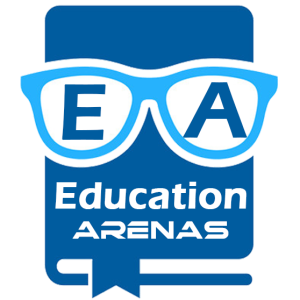Technology has become more than just a tool; it’s a transformative force reshaping how we learn and teach. Technology in the education system holds immense significance in today’s digital age. It goes beyond traditional boundaries, offering a dynamic and interactive approach to learning.
Technology in education empowers teachers and students, fostering a collaborative and engaging environment. Making education with technology is not only possible but increasingly essential. Technology serves as a bridge, connecting learners to a vast array of resources, interactive content, and collaborative tools.
It creates opportunities for personalized learning, catering to diverse learning styles and individual needs. As technology is changing daily, there are many ways to make use of technology in the education system. Make sure you are using technology correctly to get maximum benefits.
5 Best Uses of Technology in Education System
One standout application of technology in education is the use of education Tech solution that address administrative challenges. These solutions use various tools, from student information systems to learning management systems. They are pivotal in managing and organizing educational data, streamlining communication, and facilitating a more efficient education ecosystem.
Here we have a list of uses of technology in the education system:
1. Interactive Learning Platforms
The use of interactive learning platforms has breathed new life into education. These platforms, from digital textbooks to educational apps, captivate students with multimedia content and quizzes, making learning informative and enjoyable. This approach creates a deeper understanding of subjects and encourages active participation.
2. E-Learning Courses
E-learning courses have become easy, flexible, and accessible education. Whether pursuing higher education or acquiring new skills, technology allows learners of all ages to access courses from anywhere. This flexibility breaks down geographical barriers, making education more inclusive and promoting continuous learning throughout life. You can get the courses from anywhere in the world.
3. Collaborative Tools for Educators
Educators benefit from collaborative tools designed to improve administrative tasks and communication. Virtual classrooms and online grading systems are just a few tools that empower teachers, allowing them to focus more on the art of teaching. These tools enhance collaboration between teachers and students.
4. Digital Resources and Research Tools
The use of the internet has transformed how students access information. Technology enables students to explore digital resources and research tools effortlessly. Online libraries, databases, and academic journals provide a wealth of information at students’ fingertips. It helps in their research capabilities and gets the results quickly.
5. Education Tech Solution for Classroom Management
Classroom management has been streamlined through education tech solutions, providing teachers with efficient tools. From attendance tracking to grading systems, these solutions simplify administrative workflows. Integrating technology into education modernizes traditional practices and creates a more engaging and effective learning experience for students and teachers.
Conclusion
Using the best practices for integrating technology into the education system enhances the learning experience for both teachers and students. As we navigate the digital wave, it’s essential to use technology thoughtfully because it can bring positive change in the education world.









